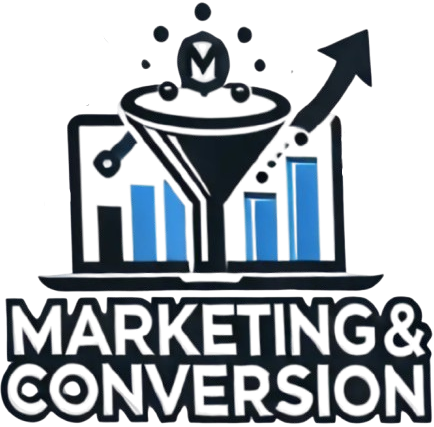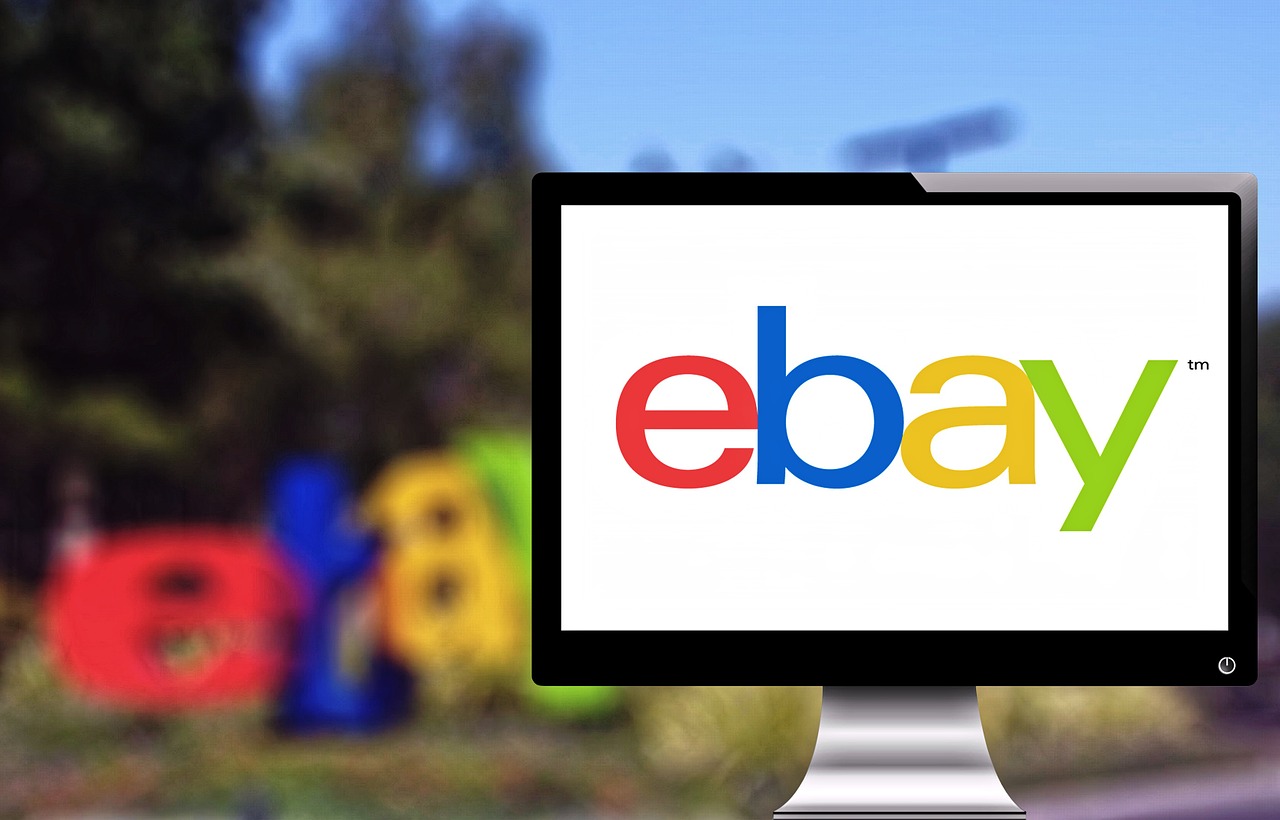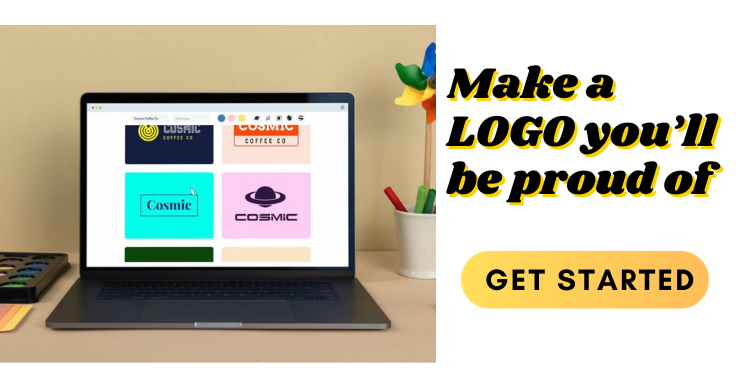How to sell on eBay
eBay’s global marketplace, which operates in over 190 countries, provides access to a vast customer base of 138 million active buyers worldwide. eBay strives to support sellers and stay competitive in the digital commerce market by creating tailored training, programs, tools, and products that simplify the process of selling and expanding reach to additional consumers.
By following the fundamentals outlined in this guide, newcomers will be well-equipped to make their initial sale on eBay.
1. Decide on a business model
It is crucial to start your eBay journey with a strong business model, as this will enable you to offer value to your customers and generate profits. You have a range of business models to select from, such as:
Wholesale involves buying or selling products in large quantities at a discounted price.
When purchasing a significant amount of items at a reduced price and subsequently selling them individually at a considerably higher price to make a profit, you can save money by buying in bulk due to the discounts offered by wholesalers for large quantity purchases.
Private label refers to products that are manufactured or produced by one company but sold under the brand name of another company.
You can achieve this by procuring unbranded products and personalizing them with your own brand. These unbranded items can be purchased at a lower cost from foreign markets or you can establish a relationship with private label manufacturers to sell these products without incurring production expenses.
The act of selling something again.
New eBay sellers can engage in the reseller business model, which involves purchasing branded goods from physical or online stores and reselling them on eBay through arbitrage. This allows them to avoid the hassle of reaching out to wholesale manufacturers.
Rephrase the text below while maintaining the same meaning: Dropshipping – Dropshipping
The dropshipping business model, which is relatively new, has the potential to yield significant profits for budding entrepreneurs. Under this model, sellers receive orders from their customers and subsequently coordinate with a third-party supplier who handles the packaging and delivery of the orders directly to customers. Ultimately, this model eliminates the need for sellers to manage inventory or handle the actual shipment process.
2. Consider what you’ll be selling
Once you have selected a business model, the subsequent step in beginning to sell on eBay involves determining the specific types of products that will be offered on the platform. Typically, sellers commence by focusing on products that fall within the highest-performing categories, such as:
- Home and garden
- Health and beauty
- Crafts and arts
- Toys and hobbies
- Sporting products
- Computer and networking
- Pet supplies
- Antiques
- Mobile phone accessories
Before listing any items for sale, it is essential to conduct comprehensive research on your product category. In order to enhance your odds of succeeding, opt for a category in which you possess expertise or enthusiasm. Remember that an ideal selection should fulfill the following three criteria:
Minimal level of competition.
Keep in mind that the less saturated a niche market is, the higher potential for profit you have if you’re a beginner in learning to sell on eBay.
A solution is provided for a problem.
In order to retain customer loyalty, it is essential for your product to offer value and address a problem. If the product proves beneficial, customers are likely to show enthusiasm towards it. Consequently, you can scale up your customer base and generate profits simultaneously.
Yields a satisfactory level of profit.
Keep in mind that you will need to allocate a percentage of every purchase you make on eBay for payment. Consider this when determining your pricing. Try to set your price between $10 and $75 to optimize your eBay sales earnings.
3. Create an eBay account
Making an eBay account is straightforward. Upon arrival at their main site, you will find a register or sign in option located in the upper left corner of the homepage. Just select the “Register” button to commence the creation of your individual account. Throughout the process, eBay will request fundamental details like your name, address, and phone number.
If you plan to sell on eBay under a business name, this page also offers you the opportunity to create a business account. Nevertheless, you will have to provide official business credentials. Once you are logged into eBay, you can access all your selling options by selecting “seller dashboard.”
4. Complete your profile after registration
Including an image and a short description of yourself in your profile is beneficial. When accessing eBay, simply select your username located in the top-left corner of the site. By clicking on your avatar, you can modify the details of your profile.
If you include your personal or business name in your eBay account, customers are more likely to trust you. To do this, you can access the “My Account” section in your “My eBay” account when signing up for eBay.
Choose the ‘Personal information’ option that pops up. In this section, you have the opportunity to modify your username and include links to your social media profiles, should your customers wish to learn more about your brand.
5. Signup for a store subscription
Enrolling in an eBay shop subscription is an excellent method to enhance your brand. By obtaining an eBay store package, you can reduce costs on fees and increase the number of complimentary listings provided monthly. Furthermore, you will have access to various marketing tools that will aid in discovering new customers.
Before signing up, make sure you comprehend the various store features and prices, and also link a checking account to receive payments.
If you are able to sell up to 250 products per month, the subscription fee for an eBay Store is $4.95. If you exceed 250 products, you can pay $21.95 per month to add 1,000 listings and receive reduced final value costs. Those with higher sales can subscribe to eBay for $59.95 per month. When signing up for any of these packages, you will have the opportunity to name your eBay storefront.
6. Decide on the policies that apply to your store
When posting an item on eBay, it is necessary to provide details regarding delivery, payment, and return policies. These policies have a significant influence on your expenses, earnings, customer satisfaction, and feedback.
Different ways to make a payment.
Multiple payment options are available for vendors on eBay, such as credit cards, debit cards, Google Pay, Apple Pay, and PayPal.
Policies concerning the shipment of goods.
In this section, you have the option to indicate your preferred shipping date, time, and delivery methods. Make an effort to align with eBay’s complimentary shipping offer once you have sold 71% of your merchandise. For the shipment of large items, it is advisable to explore an alternative delivery approach to prevent damages or returns.
Returns can be made within 30 days of purchase for a full refund.
In this section, please indicate if you have a return policy. If applicable, please state the duration within which customers can return purchased items and mention who will be responsible for the shipment. Having a fair return policy will enhance your business’s credibility and minimize customer disagreements or dissatisfaction.
7. Create and verify a business account
In order to create an eBay business account, you will be required to complete a few forms available on their website. These forms will request specific details from you, including the following information:
- Legal business name
- Business email
- Phone number
- Password
- Username
- Legally registered business address
Provided that the details you provide are accurate, you will soon be granted access to your eBay business account.
8. Consider setting up an eBay shop
If you already have an eBay seller account, you can also establish an eBay store. This is an excellent choice if you’re dedicated to selling on eBay in a professional capacity. Although an eBay store requires an additional monthly subscription fee, it enables you to design a more individualized and branded shopping experience for prospective customers.
eBay provides five subscription plans, beginning at $4.95 a month when paid on a yearly basis. Depending on the subscription plan you choose, you can enjoy discounts on eBay selling fees, seller support, and additional business tools.
9. List your products
Now, let’s move on to the enjoyable aspect – creating a list of your products! After logging into your eBay business account, just click on the Sell option located in the upper right corner to initiate the process. Considering the immense number of 1.5 billion listings on eBay, it becomes crucial for your listing to be distinctive. To achieve this, it is essential to provide a thorough description of the item, including the following key elements:
Product photos
In order to entice potential customers to your product listings, it is crucial to include numerous top-notch images. eBay allows a maximum of 12 photos to be added for every product. Here are some recommended practices to consider:
- Set your product against a simple white or neutral background
- Use a camera tripod for sharp, steady photos.
- Ensure your photos are at least 800px in width
- Take product shots from different angles to capture multiple areas
- Don’t use photos provided by the manufacturer – especially if they don’t follow these guidelines
Physical description
In order to adequately inform potential buyers, your product description must encompass all the necessary information.
- Your product’s key features and benefits
- Exactly what’s included in the sale (any extra accessories, for example)
Make sure your writing is clear and concise, free from any grammatical or spelling mistakes.
Item condition
It is crucial to ensure precision and truthfulness regarding the deterioration and usage of your product. When deciding on the state of your item, the main choices available are:
- New – This refers to a brand-new and unused product
- Refurbished – This means the product has been refurbished by the seller or manufacturer.
- Used – This means the product has been used but still works as intended.
- For Parts or Not Working – Pick this when the product does not fully work as it’s supposed to.
Product specifics
Specific details that may be included in your product listing depend on the item you are selling, such as brand name, size, color, type, style, and other relevant information.
Product identifiers
Unique codes are used to identify various products, known as product identifiers. These identifiers can be found on the packaging of most branded products. Examples of such identifiers include:
- A Global Trade Item Number (GTIN). For example, a Universal Purchase Code (UPC) or International Standard Book Number (ISBN)
- A Manufacturer Part Number (MPN)
Shipping details
You will be required to choose the type of shipping you will provide in this section.
- Flat (same shipping fee to all buyers)
- Calculated (variable shipping cost based on location)
- Freight (for products that weigh more than 150 pounds)
- Pick-up only
In order for eBay to calculate your shipping cost accurately, it is necessary for you to include the address from where you will be shipping the items. Once you have provided this information, you can proceed with selecting either the auction or fixed-price formats, and determining the price.
10. Receive payment
Once your order is confirmed and you have shipped the item, eBay will deduct the selling fees and transfer the remaining amount to your linked checking account as Processing Funds.
Afterwards, it could take up to a day for the money to be displayed as Available for Payout, followed by two days to begin the payout process. Once the payout process has been initiated, it will be shown as Funds Sent and is expected to take 1-3 business days to be credited to your checking account.
There are two main types of selling fees charged by eBay, which depend on factors such as the price of the product, its category, listing upgrades, and the seller’s conduct and performance.
- Insertion fee: This is charged when you create a product listing. You get up to 250 free product insertions every month, after which you’re required to pay this fee.
- Final value fee: This is charged when your product is sold. The amount to be paid is the sum of a percentage of the sale and 0.30 USD per order.



